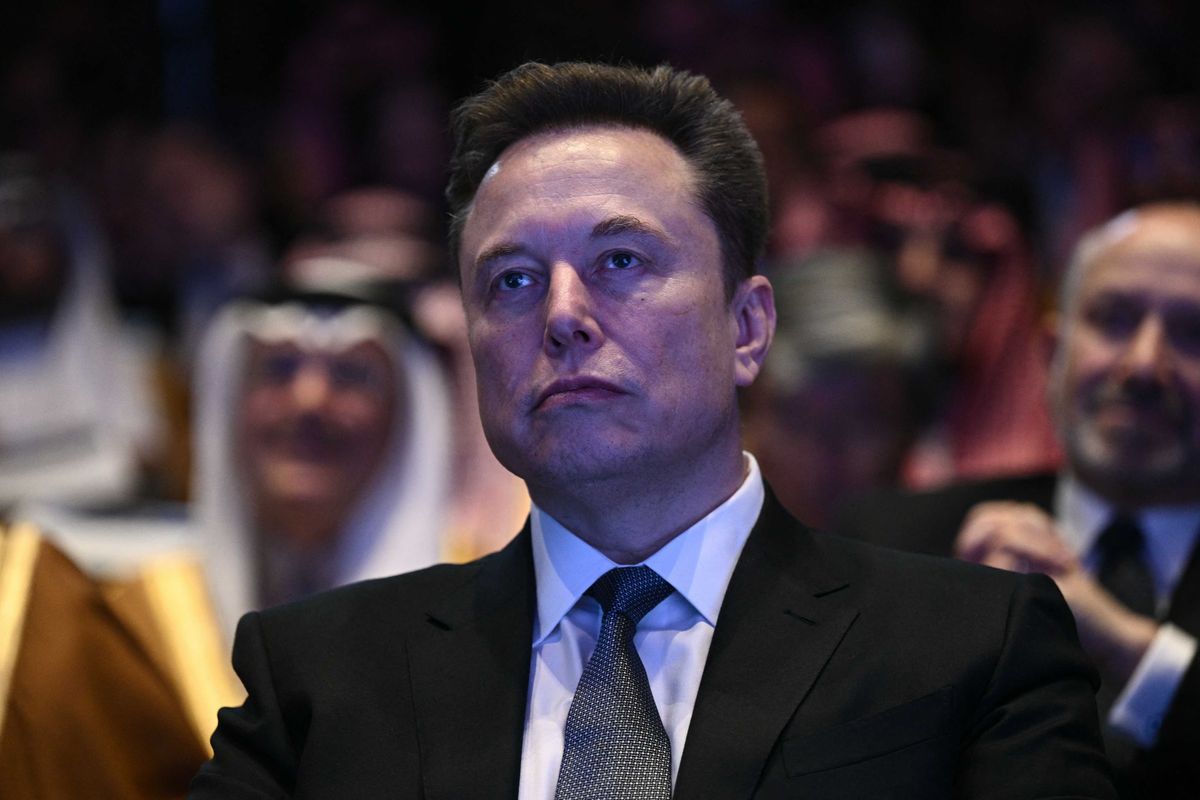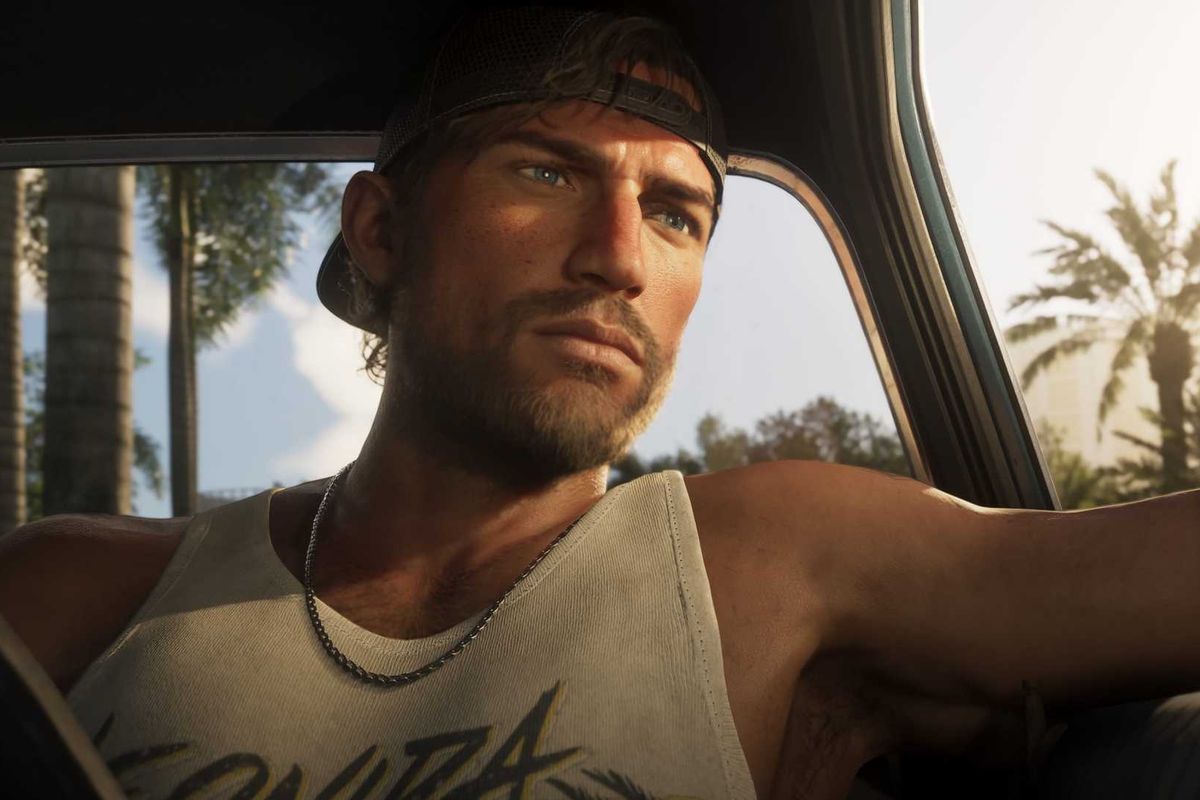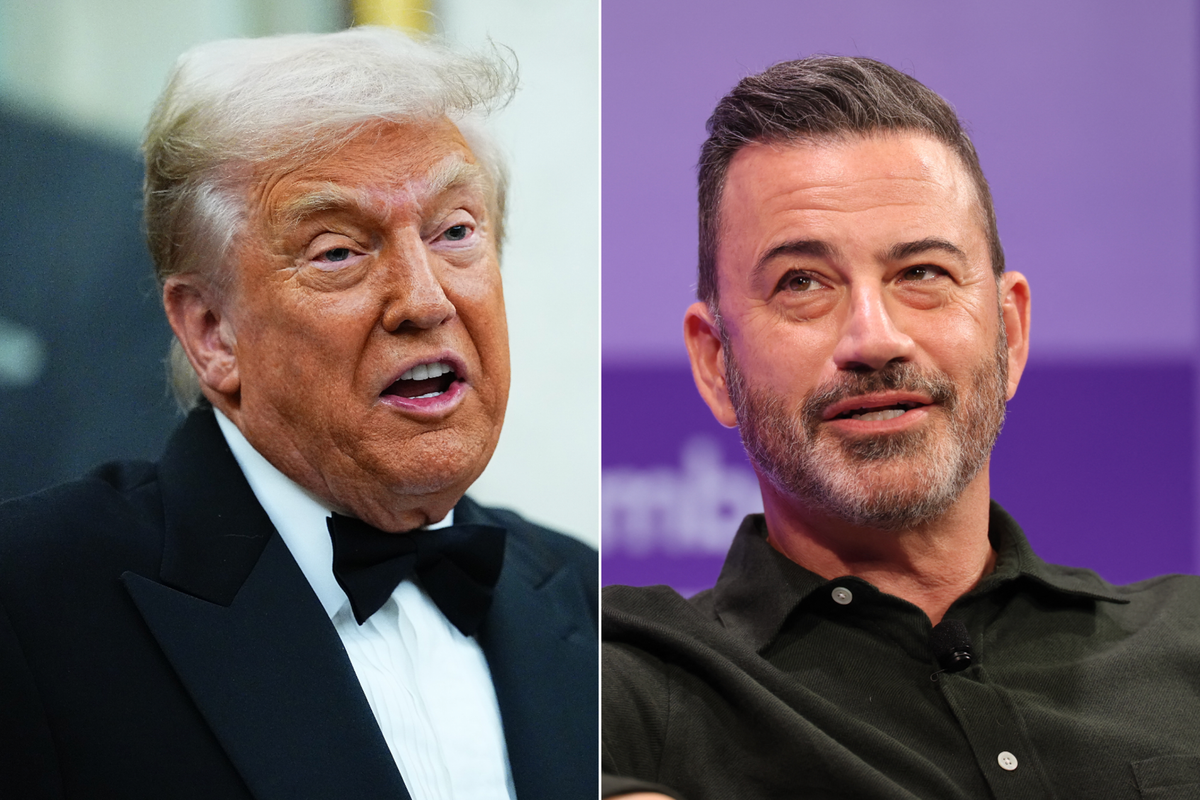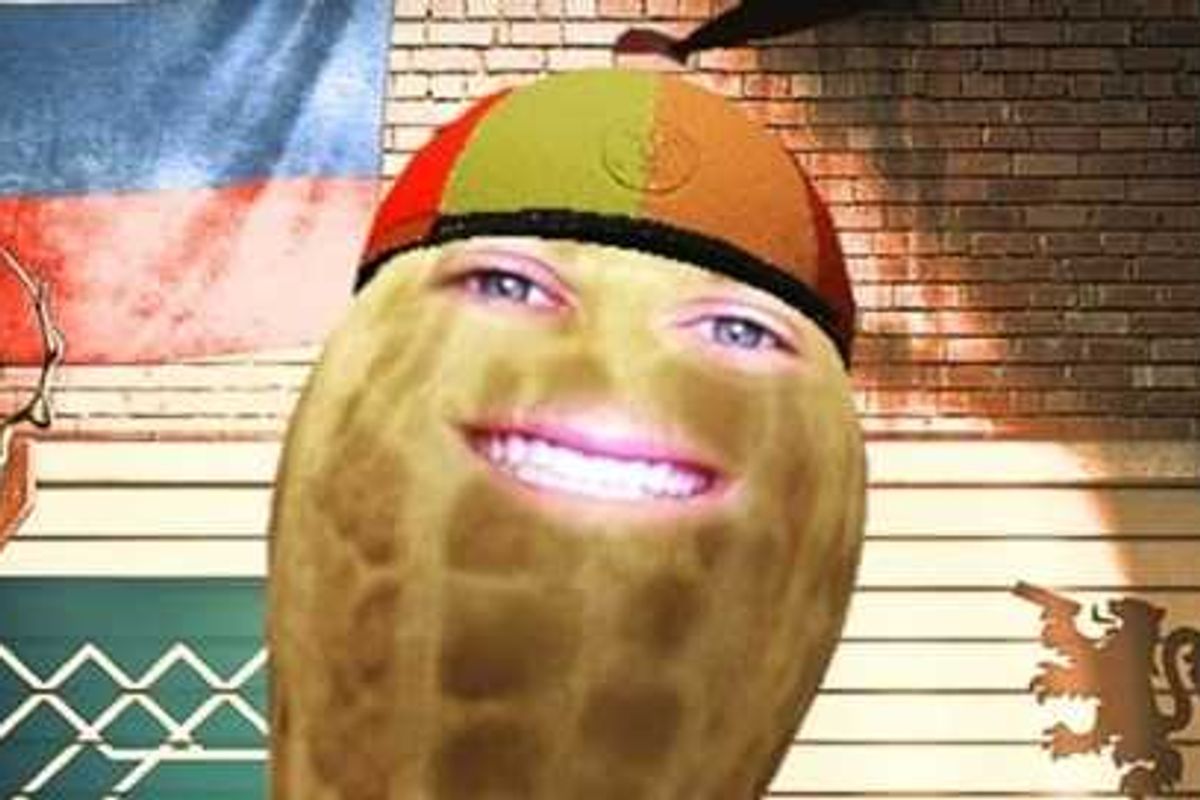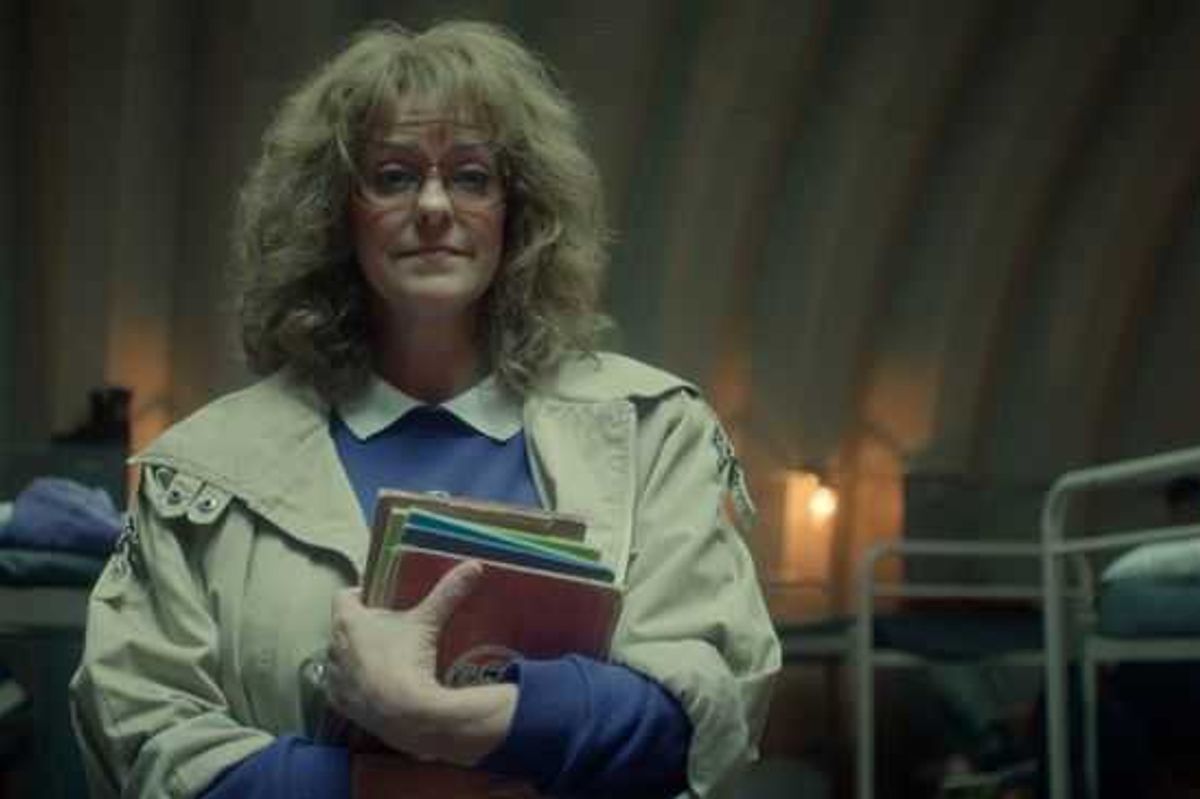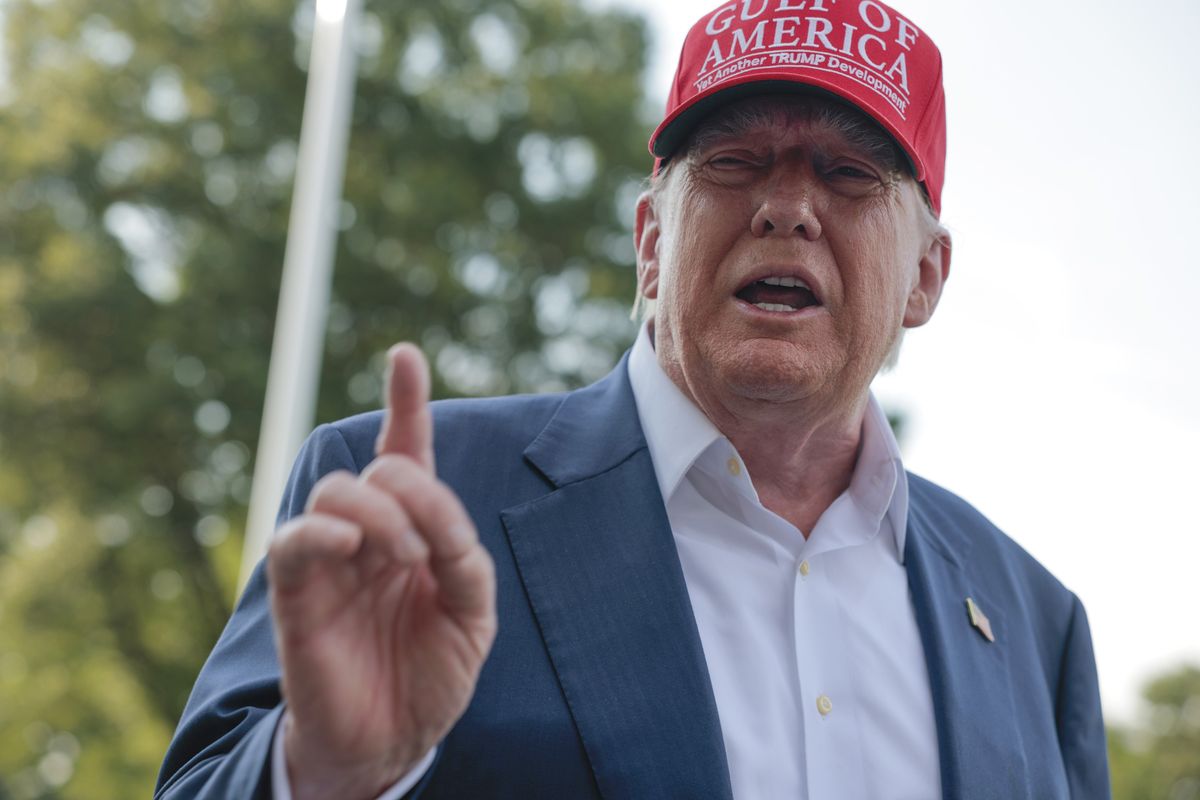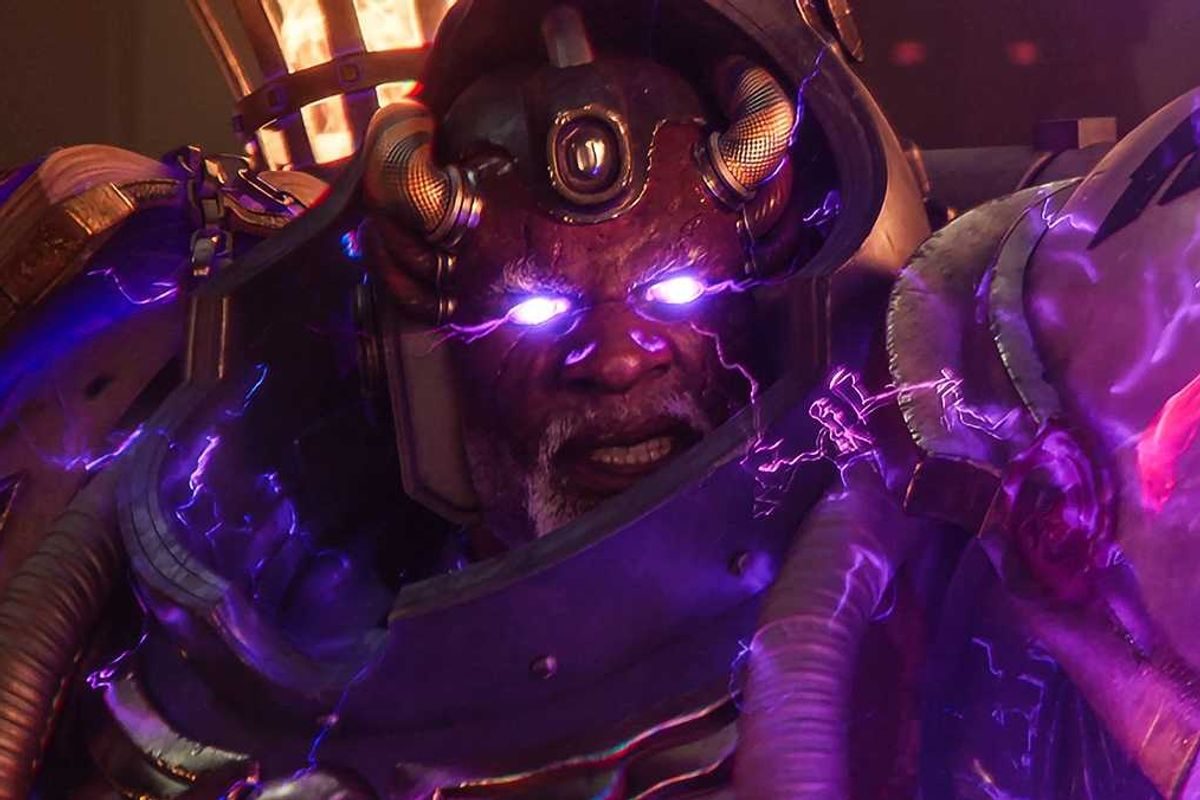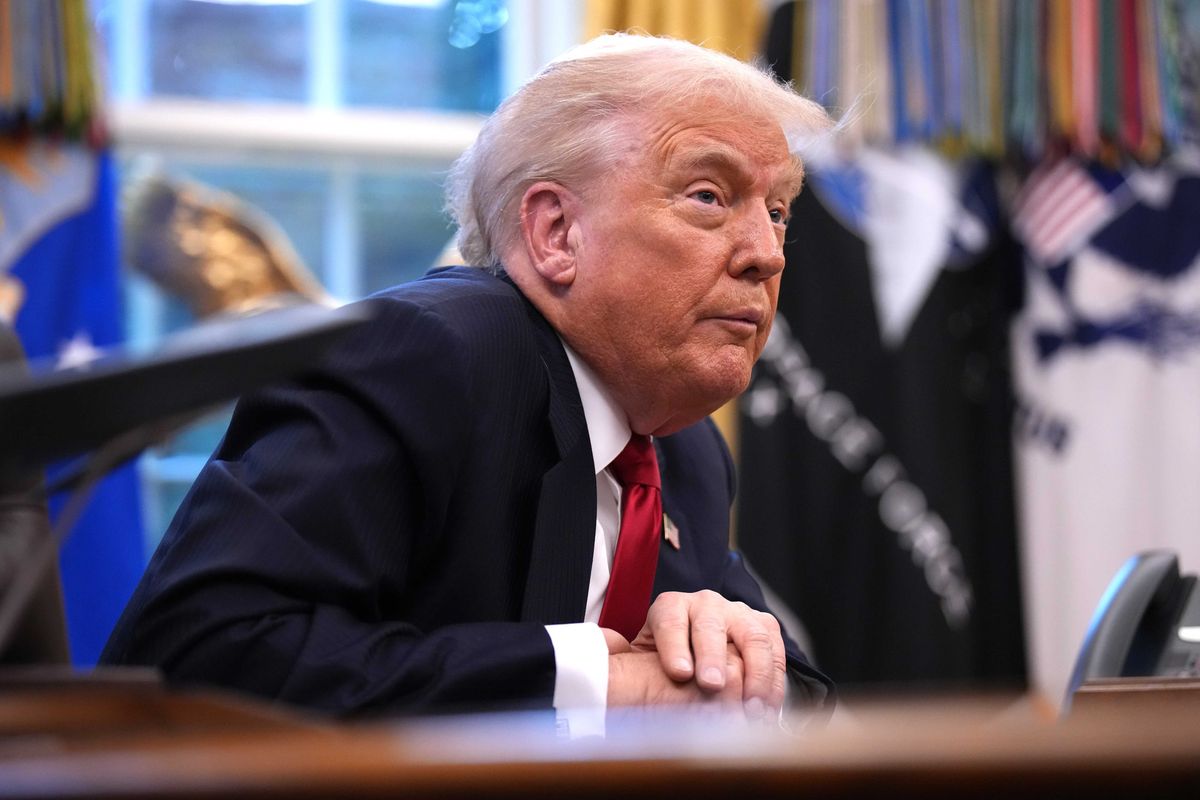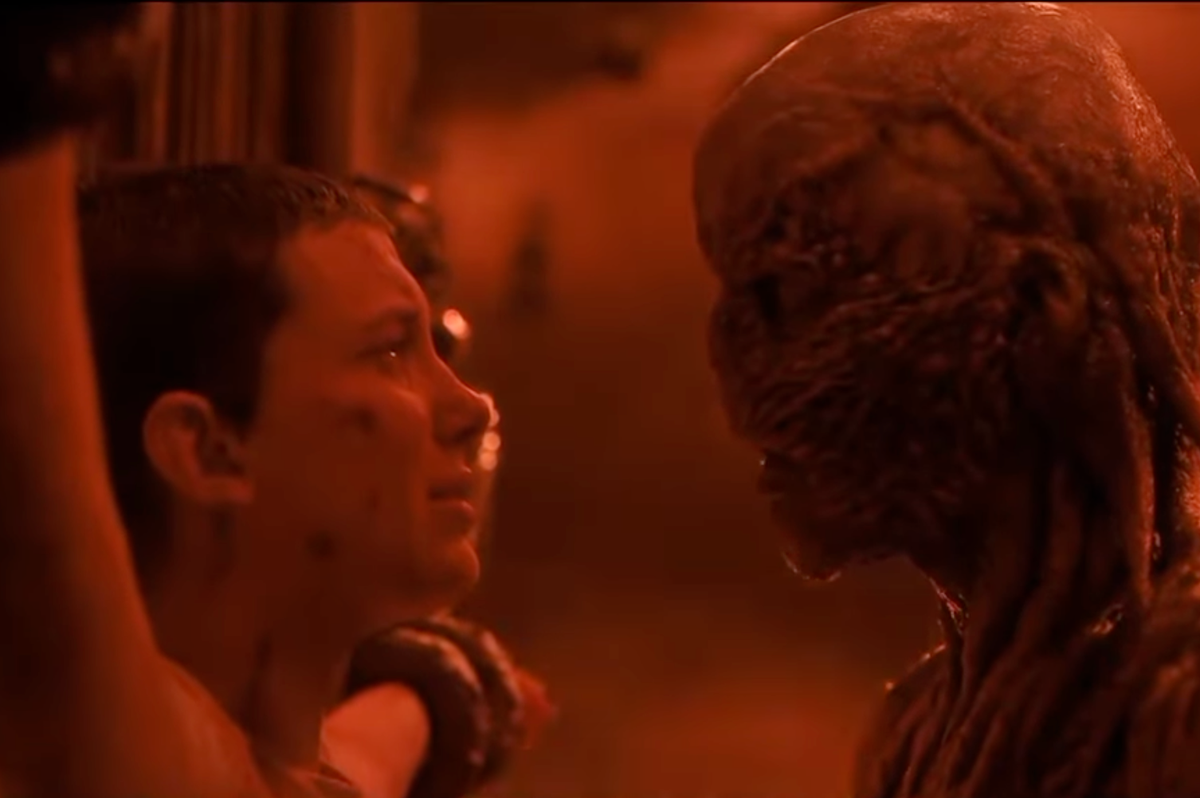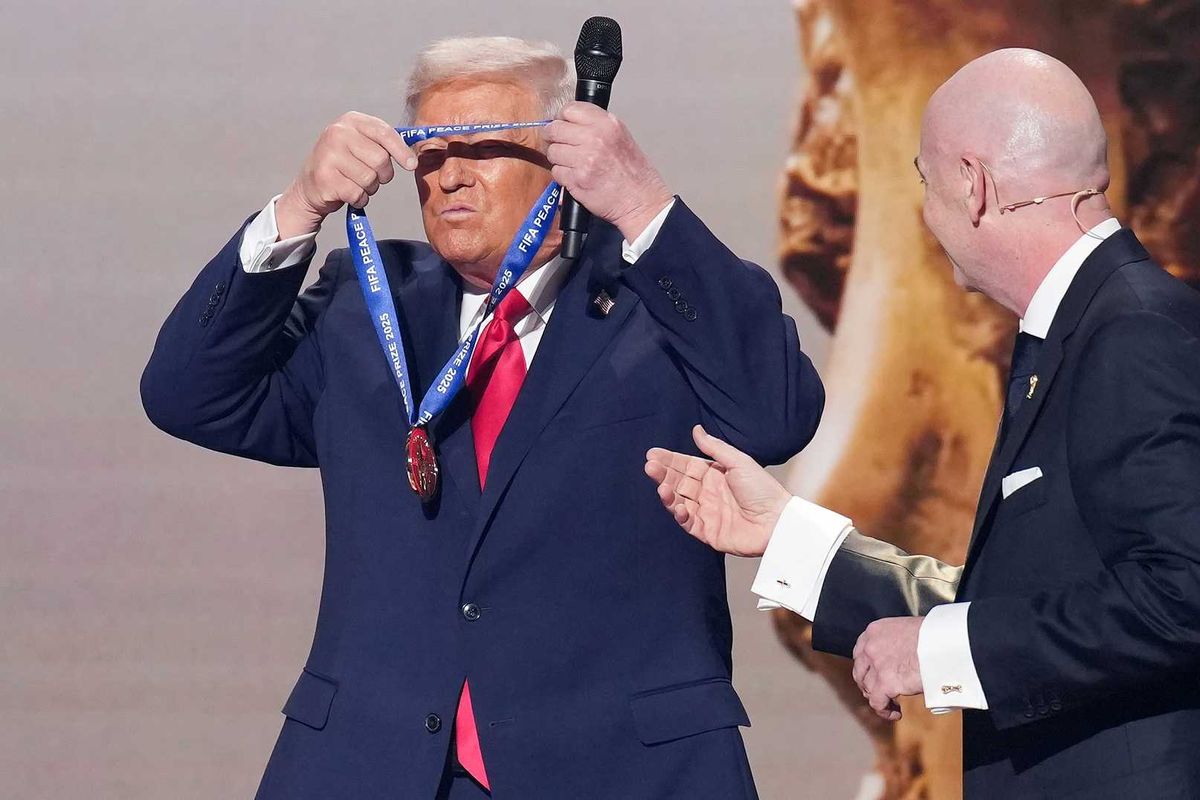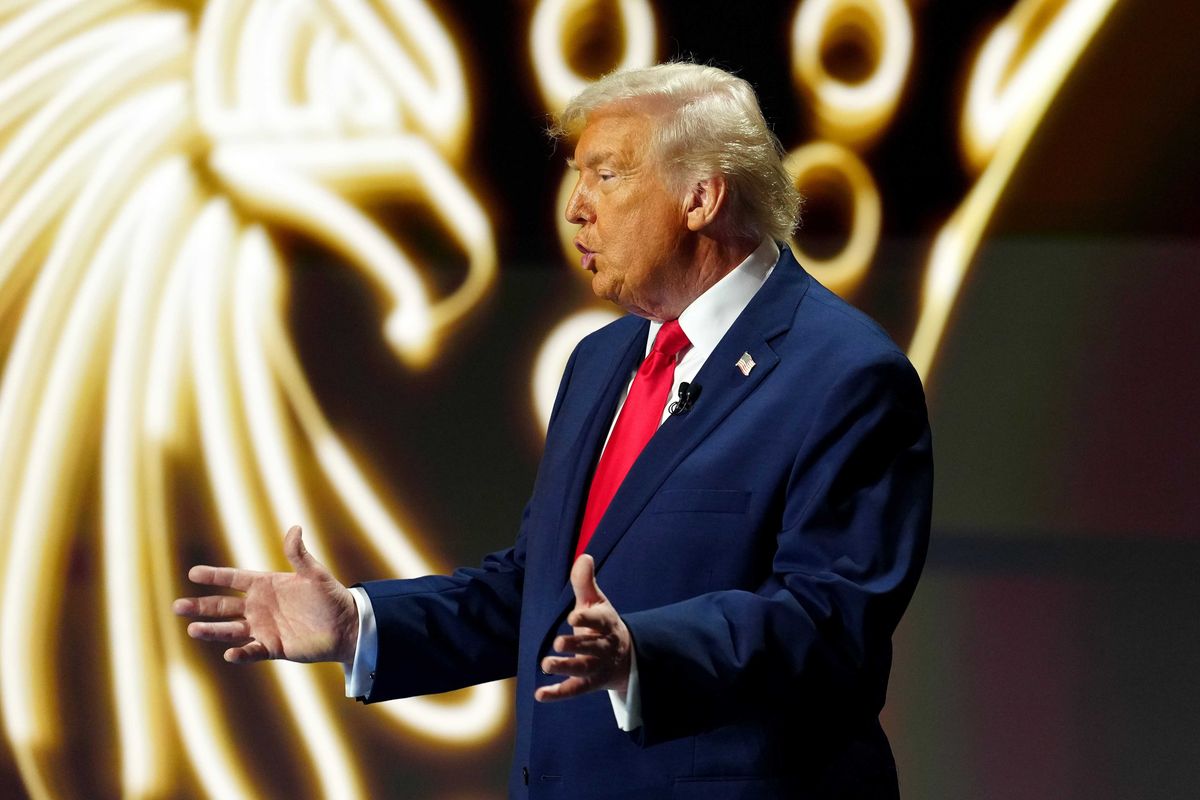Science & Tech
Sinead Butler
Nov 25, 2025
Scientists create genetically engineered wolves with traits of extinct dire wolves
Wion - World News / VideoElephant
We've seen a US company bring the wolf species back from extinction after more than 10,000 years, and now the next animal on a "de-extinction" journey is New Zealand’s moa nunui (giant moa).
The team set to achieve this goal is Colossal Biosciences, in partnership with Canterbury Museum, the Ngāi Tahu Research Centre and filmmaker Peter Jackson.
However, some scientists have shared their concerns over the project for a number of reasons, according to Nic Roawlence, Associate Professor in Ancient DNA, University of Otago, who set these out in The Conversation.
The egg problem
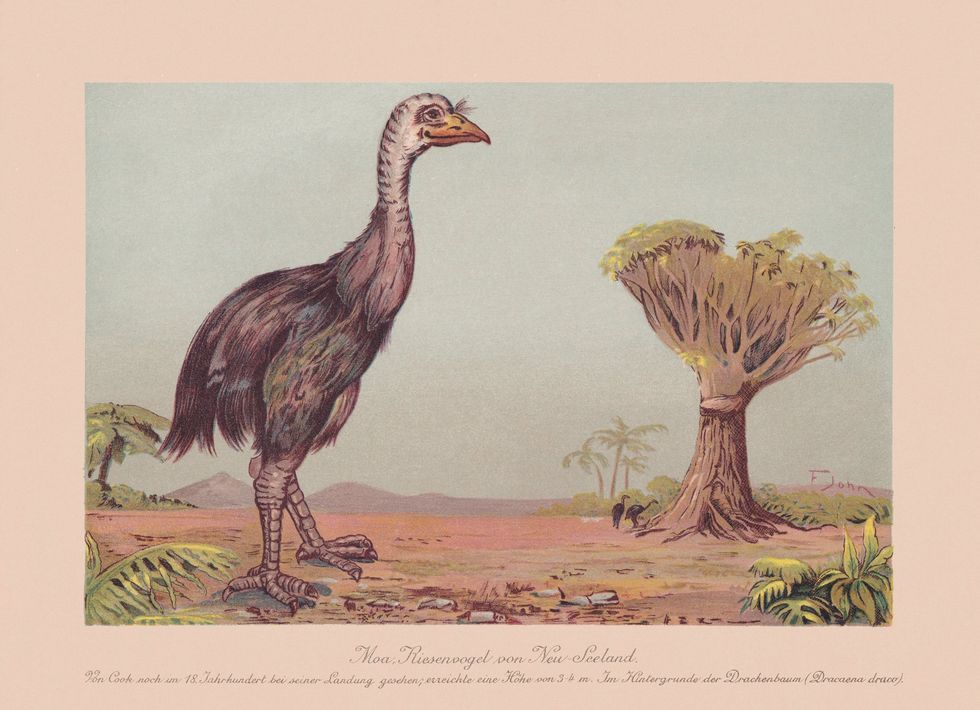
For a start, it is much trickier to "de-extinct” birds than mammals, but why? Well, surrogate eggs are required; however, artificial eggs would have to be developed because for lots of moa species, there are no eggs from a living bird that could accommodate a growing moa chick.
The common ancestor
The professor also noted from research how experts know the tinamou, a small flying bird in South America, is the moa's closest relation.
Therefore, scientists would have to go all the way back 60 million years to find a common ancestor between the two - a significant amount of time where plenty of gene mutations to evolve, directly impacting the moa's features so a lot of re-engineering would be required for the moa's characteristics to return once more.
Difficulty of genetically engineering birds
Altogether, it's notably more difficult to genetically engineer birds - in this case, a tinamou or extinct existing flightless birds like the moa or living flightless birds we're familiar with like the ostrich, kiwi or emu, to create some kind of moa hybrid, given that these birds belong in the palaeognath group of evolutionary history.
As a result, genetically engineer something that resembles a moa, but it may not actually be a moa in essence.
The unknown
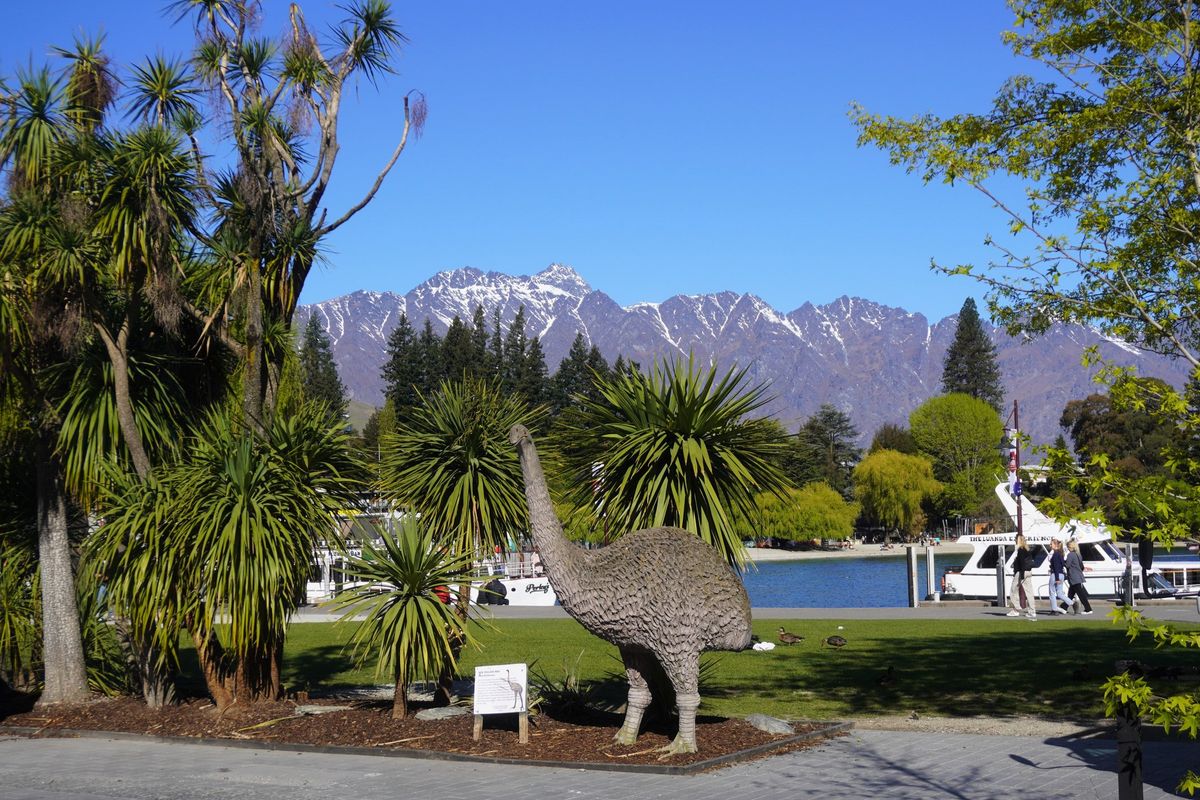
As Professor Roawlence puts it, since there's "no living analogues of moa within the palaeongath group. We don’t know whether birds created through de-extinction methods would function like a moa in the ecosystem."
When compared to other flightless birds, Moas stand out given that they have no wings (not even remnant ones), and genetically engineering this particular trait could have "unintended consequences."
Concerns raised by Māori
From his own personal experience in further study of the evolutionary history of moa species through a project sequencing high-quality genomes, Professor Roawlence recalled that de-extinction has received no support when in discussion with tangata across New Zealand, speaking with individual rūnanga who are against the idea and question whether Cossal Biosciences have consulted with them on the project.
He added that Iwi (tribes) also want moa bone samples and all DNA extracts and sequence data to remain in the country.
Māori have raised concerns about the lack of discussion surrounding genetic engineering and the potential for bone samples or genetic material to be sent offshore, Professor Roawlence noted.
But he also gives a shoutout to the Ngāi Tahu Research Centre for "driving the project" and refers to talk around restoring the habitat best suited for the moa.
The habitat
To "de-extinct" the moa, there needs to be a habitat where they can live. Back in the days this species was alive, there was open forest and shrubland in areas of the eastern South Island with kowhai and lancewood.
But the problem is that there is a lot left of this kind of environment.
Numbers game
Let's just say the moa could be "de-extinct" and there was a habitat for them, there are other implications to consider such as inbreeding and genetic drift that come into play if scientists don't produce enough of the species.
(We're talking around 500 at a minimum)
Cost
Of course, this kind of project isn't cheap, and it's not just the genetic engineering part, it's also ensuring the "de-extinct" moa species is looked after and requires continuous conservation.
Money that could be going into existing species of animals that are at risk of going extinct.
Conclusion
Colossal's genetic engineering technology is impressive, but Professor Roawlence believes the money and resources going into the "de-extinction" of the moa species should instead go towards "the conservation of New Zealand’s currently endangered biodiversity."
Elsewhere, Scientists 'bring back' dire wolves after 10,000 years of extinction, and Forget Jurassic Park: scientists are bringing back extinct beasts.
This article was originally published on 14 July 2025
How to join the indy100's free WhatsApp channel
Sign up to our free indy100 weekly newsletter
Have your say in our news democracy. Click the upvote icon at the top of the page to help raise this article through the indy100 rankings.
Top 100
The Conversation (0)

